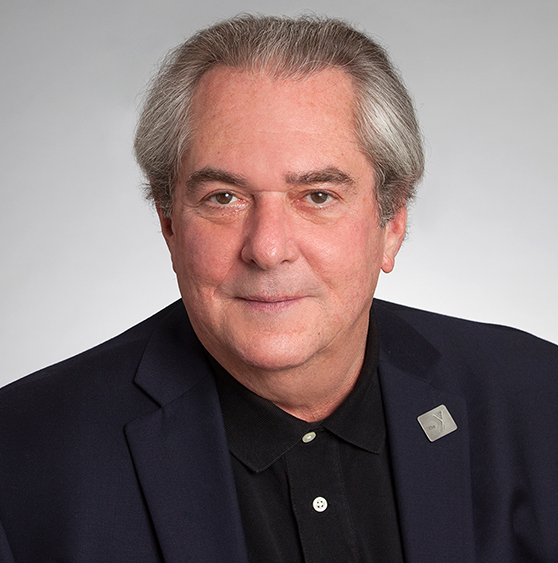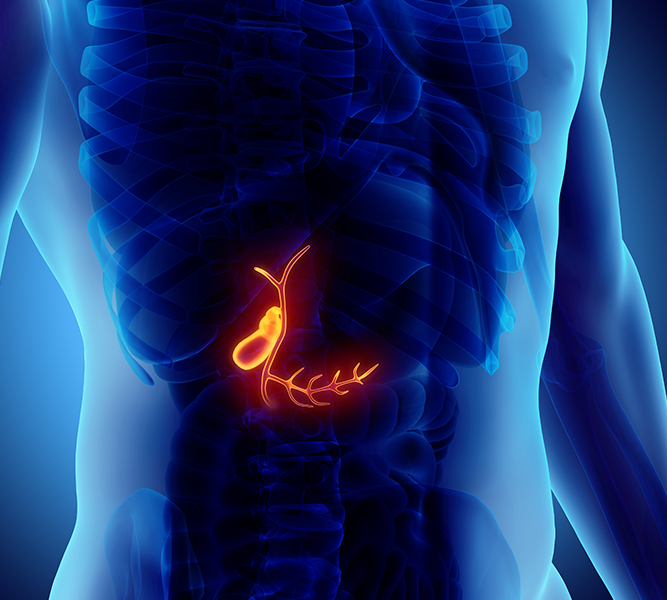
Written by:
Martin B. Weiss, M.D., FACS
Newton-Wellesley Surgeons, Inc.
What is fat transfer?
Fat can be harvested from one part of the body and transferred to another area.
Where can fat be transferred to?
The most common places as an office procedure is transfer to the face, such as the cheeks and lips to restore volume and into the ,nasolabial folds and marionette lines to fill the depressions. Another popular place to transfer fat is into the back of the hands to soften and rejuvenate them.
Where is the fat taken from?
Under local anesthesia fat can be manually removed from the hip, inner thigh, or abdomen depending on the patients examination and preferences.
How long will the fat survive?
Unlike syringe fillers (Juvederm, Voluma, Restylane, etc.), transferred fat becomes vascularized and survives permanently. This will vary depending on location. In areas of limited motion such as the cheeks 50-70% of the fat may survive permanently. In areas of constant motion, such as the lips survival may be as low as 30% and may need to be repeated.
How does fat compare to syringe injectables?
Syringe injectables can sometimes look or feel lumpy, whereas fat when incorporated feels smooth, soft, and natural. There is a reported incidence of 2% allergic reactions to injectables which can sometimes require additional treatment. You cannot have an allergic reaction to your own fat. Finally, whereas syringe injectibles are expensive and gone in six to nine months, much of your own fat will survive permanently.
How is the transfer procedure done?
The procedure is done in the office under local anesthesia and takes approximately two hours depending on the number of areas. There is no special preparation and patients can drive themselves to and from the office. Oral antibiotics are given the day of the procedure only. Discomfort is minimal after the procedure. Some patients take Tylenol for a day or two and apply some iced compresses the day of the procedure.
How long is the recovery following transfer?
Patients can work at home and do routine activity the next day. Some patients take a day or two before returning to an office setting as there is some slight swelling and an occasional black and blue easily covered with makeup. Strenuous activity and exercise should be avoided for about a week. The exception to this is transfer to the lips which can remain swollen for up to a week.
What other non-surgical procedures can be done in combination?
Many patients augment their fat transfer results to treat wrinkles with BOTOX for the glabellar frown lines, forehead lines and crow’s feet. Another popular addition is the secretRF radiofrequency micro-needling machine to rejuvenate and tighten the skin of the face, neck and back of hands. This combination of treatments will improve many concerns without major surgery and general anesthesia. Fat restores volume, BOTOX softens wrinkles, and the secretRF rejuvenates and tightens skin.
Testimonials
“This practice goes above and beyond in their care for their patients. Dr. Kahan, Dr Gryska specifically – are truly amazing! Will recommend this practice hands down for anything from veins to gallbladders.”


